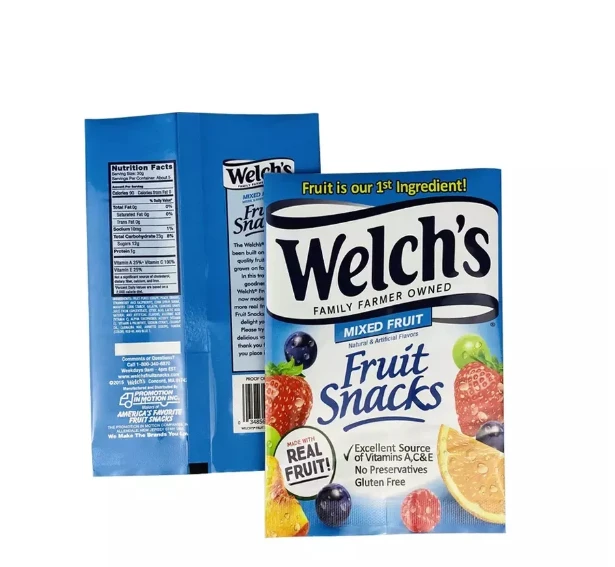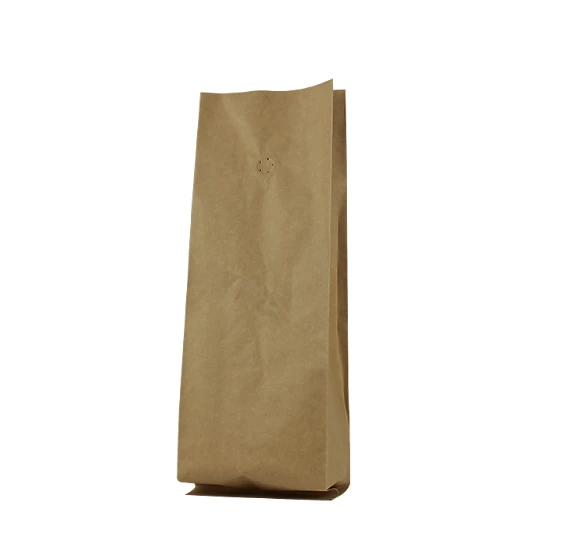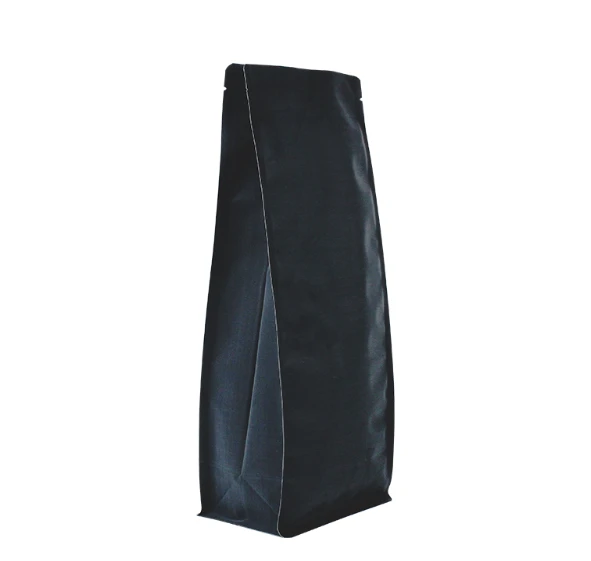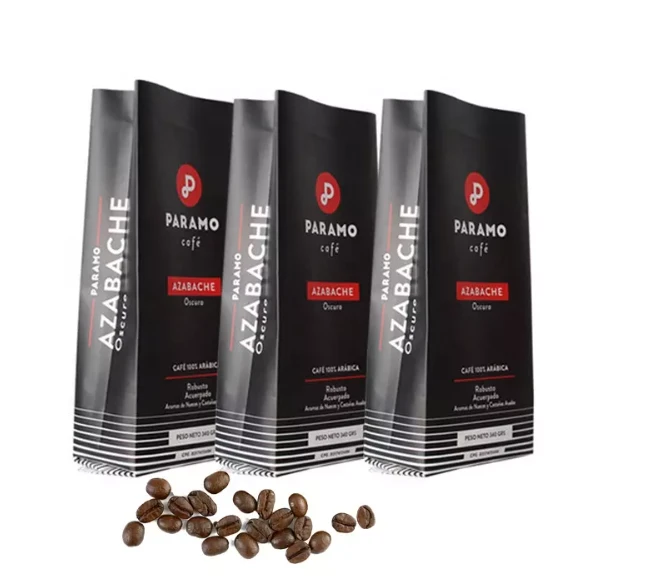- Afrikaans
- Albanian
- Amharic
- Arabic
- Armenian
- Azerbaijani
- Basque
- Belarusian
- Bengali
- Bosnian
- Bulgarian
- Catalan
- Cebuano
- chinese_simplified
- chinese_traditional
- Corsican
- Croatian
- Czech
- Danish
- Dutch
- English
- Esperanto
- Estonian
- Finnish
- French
- Frisian
- Galician
- Georgian
- German
- Greek
- Gujarati
- haitian_creole
- hausa
- hawaiian
- Hebrew
- Hindi
- Miao
- Hungarian
- Icelandic
- igbo
- Indonesian
- irish
- Italian
- Japanese
- Javanese
- Kannada
- kazakh
- Khmer
- Rwandese
- Korean
- Kurdish
- Kyrgyz
- Lao
- Latin
- Latvian
- Lithuanian
- Luxembourgish
- Macedonian
- Malgashi
- Malay
- Malayalam
- Maltese
- Maori
- Marathi
- Mongolian
- Myanmar
- Nepali
- Norwegian
- Norwegian
- Occitan
- Pashto
- Persian
- Polish
- Portuguese
- Punjabi
- Romanian
- Russian
- Samoan
- scottish-gaelic
- Serbian
- Sesotho
- Shona
- Sindhi
- Sinhala
- Slovak
- Slovenian
- Somali
- Spanish
- Sundanese
- Swahili
- Swedish
- Tagalog
- Tajik
- Tamil
- Tatar
- Telugu
- Thai
- Turkish
- Turkmen
- Ukrainian
- Urdu
- Uighur
- Uzbek
- Vietnamese
- Welsh
- Bantu
- Yiddish
- Yoruba
- Zulu
compostable bowls
The Rise of Compostable Bowls A Sustainable Solution for a Greener Future
As environmental concerns become more pressing and consumers become increasingly aware of their ecological impact, the demand for sustainable products has surged. Among these, compostable bowls have emerged as a key player in the quest to reduce waste and promote eco-friendliness. This article will explore the benefits, materials, and future of compostable bowls, highlighting why they are becoming a preferred choice for both consumers and businesses alike.
Understanding Compostable Bowls
Compostable bowls are made from natural materials that break down into non-toxic components when disposed of in a composting environment. Unlike traditional plastic or Styrofoam bowls that can take hundreds of years to decompose, compostable options typically turn into organic matter within a few months. This makes them an attractive choice for environmentally conscious consumers and businesses looking to minimize their carbon footprint.
Materials Used in Compostable Bowls
The primary materials used to produce compostable bowls include plant-based substances such as cornstarch, sugarcane, bamboo, and palm leaves. Each of these materials has unique properties that cater to various needs and preferences. For example, cornstarch-based bowls are lightweight and suitable for both hot and cold foods, while sugarcane products offer durability and are often biodegradable alongside compostable properties.
In recent years, bamboo has gained popularity not only for its aesthetic appeal but also for its rapid growth cycle and renewability. It provides a sturdy option for takeout and catering services. Palm leaf bowls are also environmentally friendly, as they are made from fallen leaves, making them a byproduct of waste rather than an active resource depleting process.
The Environmental Impact
One of the most significant benefits of compostable bowls is their contribution to reducing plastic pollution. With millions of tons of plastic waste entering landfills and oceans every year, the shift towards compostable materials presents a tangible solution. When compostable bowls are disposed of correctly, they can enhance soil health and promote sustainable agricultural practices by adding nutrients back into the ground as they decompose.
compostable bowls

Moreover, compostable bowls often have a lower carbon footprint compared to their plastic counterparts, as they require less energy to produce and dispose of. Many manufacturers are implementing eco-friendly practices throughout their supply chains, further enhancing the sustainability footprint of these products.
Consumer Acceptance and Market Growth
The market for compostable products, particularly bowls, has seen significant growth in the last decade. Consumers are increasingly choosing products that align with their values, and this trend is reflected in the rise of compostable options in restaurants, food trucks, and catering services. The convenience of single-use items, combined with a growing emphasis on sustainability, has propelled compostable bowls to the forefront of the food service industry.
Restaurants and food vendors are not only adopting these products to meet consumer demand but also as part of their corporate social responsibility initiatives. By promoting eco-friendly practices, businesses can attract a loyal customer base that values sustainability, offering a competitive edge in the market.
The Future of Compostable Bowls
While the current compostable bowl market is promising, certain challenges remain. The need for proper composting facilities and consumer education on disposal methods are crucial for ensuring the success of these products. Moreover, advancements in material technology may lead to the development of even more efficient and environmentally friendly options.
As technology continues to evolve, we can expect to see innovations such as enhanced composting capabilities and improved product designs that cater to diverse consumer needs. As municipalities expand composting programs and awareness grows, the potential for widespread adoption of compostable bowls looks promising.
In conclusion, compostable bowls represent a significant step towards sustainable consumption and waste management. Their benefits to the environment and compatibility with a zero-waste lifestyle are clear. By choosing compostable products, businesses and consumers alike can contribute to a greener, healthier planet, making every meal an opportunity to make a positive impact.












